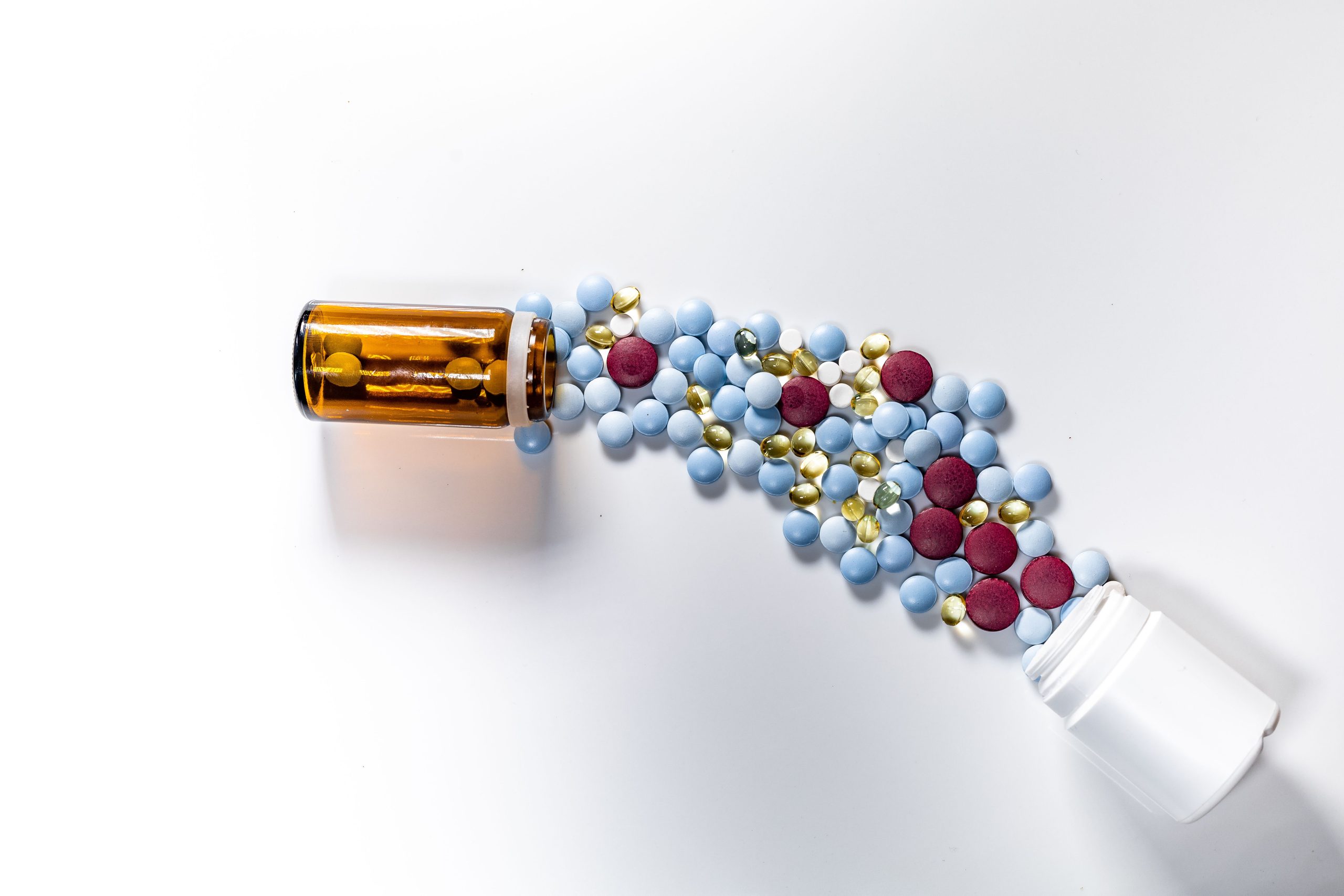Treatment For ADHD
Psychosocial therapy is the main treatment for add. The medications include stimulants like methylphenidate, amphetamine and atomoxetine. They can also be non-stimulants, such as clonidine and guanfacine.
Stimulant medication are not recommended for patients with active substance abuse problems but they can be considered in those who are in stable remission. Combination therapy using antidepressants especially SSRIs, is a different option.
Stimulants
Stimulants increase the levels of dopamine and norepinephrine between brain synapses. This improves concentration and reduces hyperactivity and impulsivity. The majority of doctors prescribe medications from the stimulant class to treat ADHD. They might prescribe methylphenidate (Concerta, Ritalin) or amphetamines which are similar medicines. The dosage of the medicine is contingent on the biochemistry of each individual and how they react to it. It could take anywhere from five to seven days before the full effects of the medication are apparent. Increased concentration, improved memory, improved sleep, and less the tendency to be impulsive are all indications that the medicine is working.

These medications can have adverse effects, including diminished appetite and trouble sleeping, and they may raise heart rate and blood pressure. Patients with medical conditions, such as heart disease or high blood pressure should not use them. Stimulants have a high potential for abuse and are tightly controlled drugs. Only psychiatrists, paediatricians, neurologists, and in some situations, general practitioners may prescribe them. They can be found in the form of pills or tablets, a patch that goes on the skin, or in liquids.
Children and adolescents who take stimulants are often afflicted by weight loss and appetite problems. how to treat adhd may also experience disorders when the dose is too high. If this occurs, the doctor will reduce the dosage to stop the drug from causing worsening of symptoms.
Around 70 to 80% children and adults with ADHD are treated with stimulant medication. The majority of children and adolescents report that their symptoms improve when treated. This is especially true for those who have parents, teachers or carers who have reported improvements.
The early use of stimulants can reduce the risk of substance use disorders later in the course of. Wilens and colleagues79,80 Katusic and colleagues81,82 and Biederman et al83 found that stimulant treatment reduces the risk of developing substance use disorders in adolescents, but the protective effect diminishes as we enter early adulthood.
